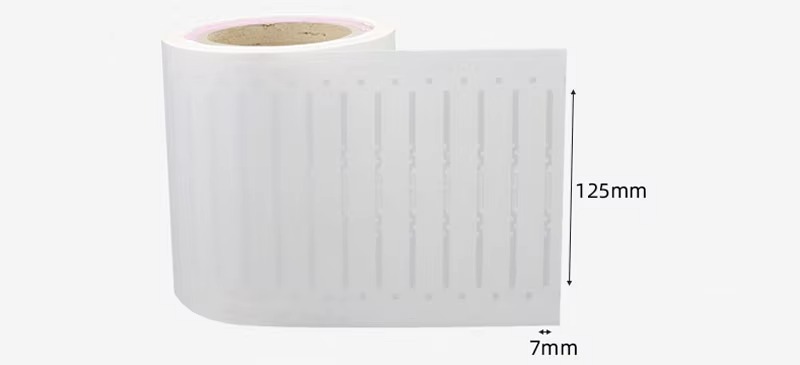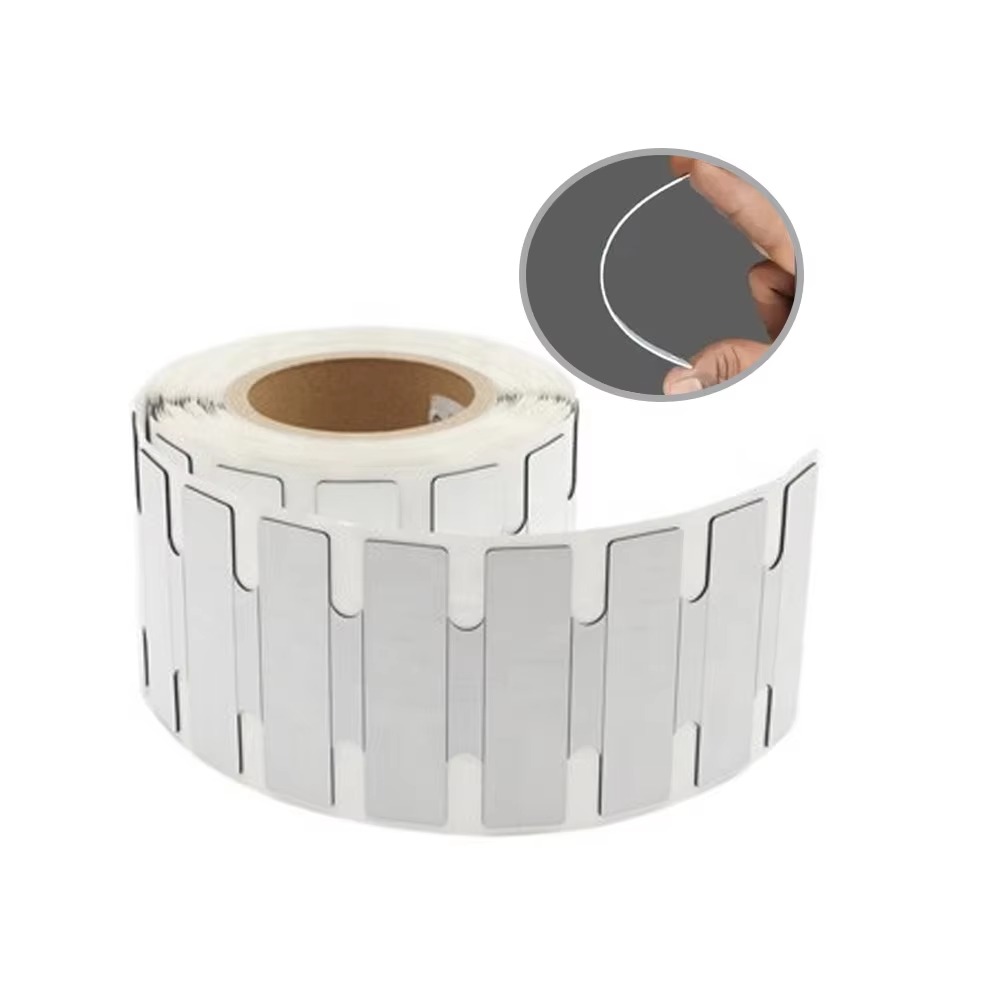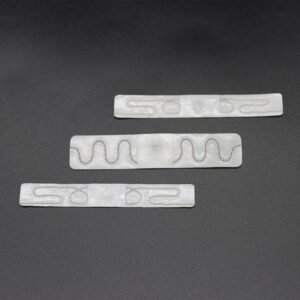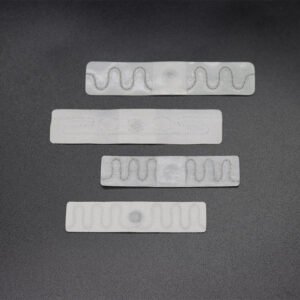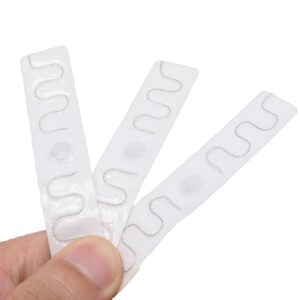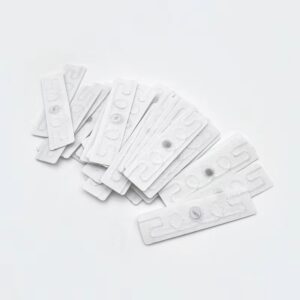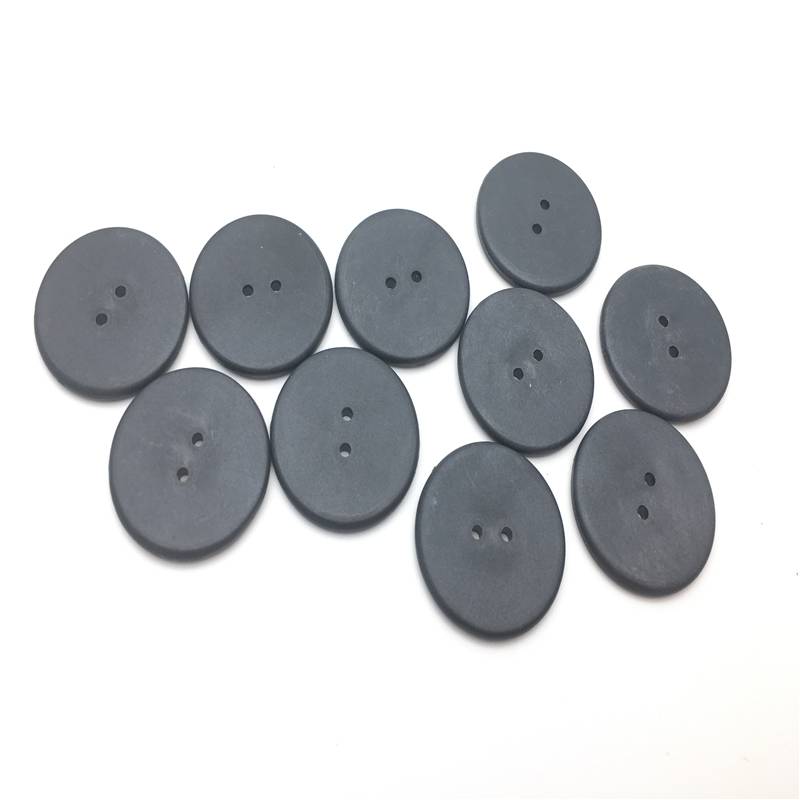
TK4100 RFID Disc Tag: Robust and Versatile Solution for Asset Management
TK4100 RFID Disc Tag is engineered for reliability and durability, making it an invaluable asset for organizations aiming to enhance their asset management processes, patrol and logistics operations.

